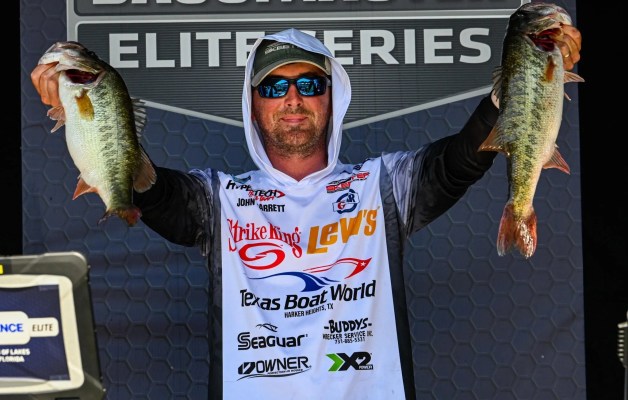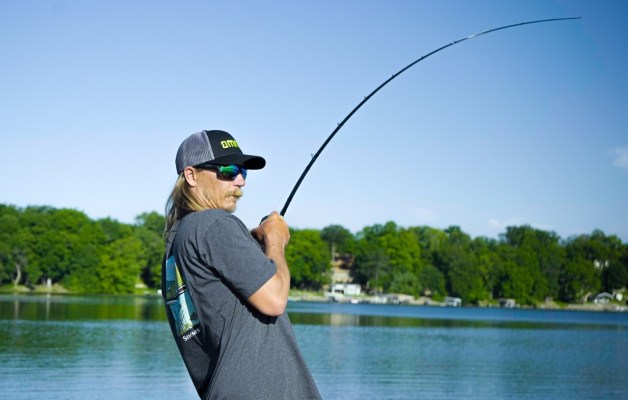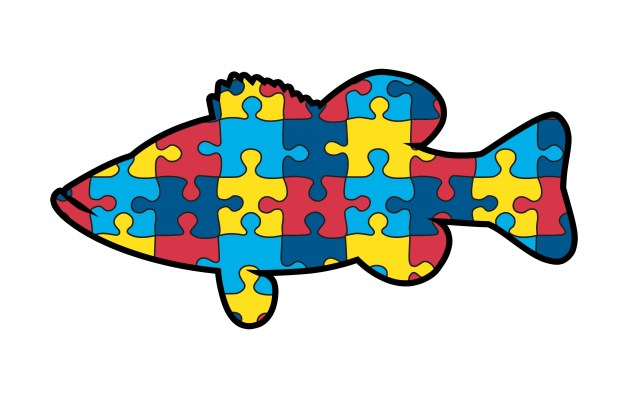Last week was about as good as it gets as far as I’m concerned. I say “about” because I’ll never accept anything less than a win. That’s my goal in every tournament I fish. That said, I made a strong showing on a new venue and spent time with my family. That’s a real bonus in this business.
I like the James River. Not everyone will agree with me, of course. A lot of the guys don’t like to fish tidal waters. They don’t understand how the tide affects the fish and how to make the resulting water movement work for you instead of against you.
Growing up on the Delaware River, I didn’t have any choice but to learn to fish the tide. It was that or not catch any bass. Over time I’ve developed some thoughts that I’ll share with you. I hope they help if you’re going to fish tidal waters.
Basically, a rising tide scatters the fish. A falling tide concentrates them. When I’m fishing rising tidal waters I’m looking for scattered fish in newly flooded areas, and when I’m fishing falling tidal waters I looking for concentrations of fish on specific spots on structure and cover. That’s what I did on the James.
I’d make a long run down (south) in the morning to fish my favorite spots — docks — as the tide moved out. The falling water concentrated the bass on the outside parts. Ladders, floats, posts and other man-made structure held huge numbers of bass.
Then, when the water dropped too low to fish I’d run up (north) the river for a long ways to catch more falling water. For all practical purposes I outran the tide. I had better luck in the afternoons on the outside edges and points of rock jetties.
That strategy was strong. It worked well for me but only because I understand tides and what they do to the fishing. A guy could have fished the upper portion of the river during high tide and the results would have been very different. In fact, you’d have thought that there wasn’t a bass in the whole upper half of the river.
That would have been an exaggeration. But it would not have been an exaggeration to say the fish were not on the outside edge of the jetties. They weren’t there. They moved with the water.
It’s important to understand that tidal movements do more than affect the bite. They move the fish. It isn’t that they aren’t biting. It’s that they aren’t there.
To be fair what I’ve said here is somewhat of an oversimplification. There are other factors at work in a tidal river besides just the tide. Regardless, if you think about it using the information I’ve given you here your chances of catching more bass will improve.
Tidal rivers are not something to be feared or hated. They’re something to be conquered by practice and understanding.





